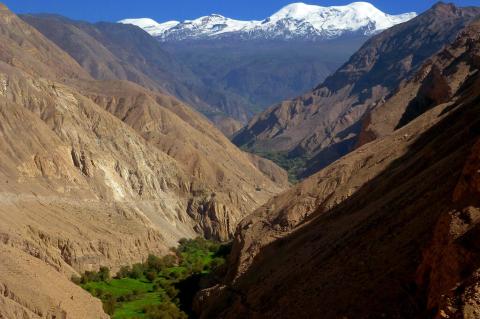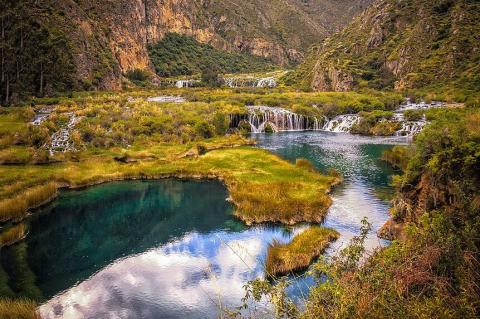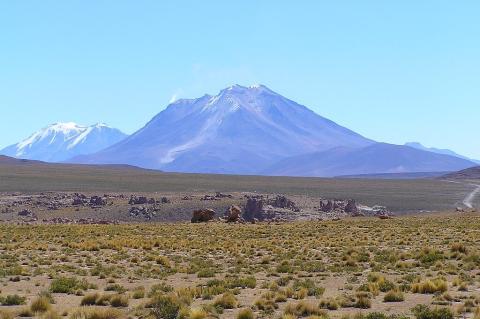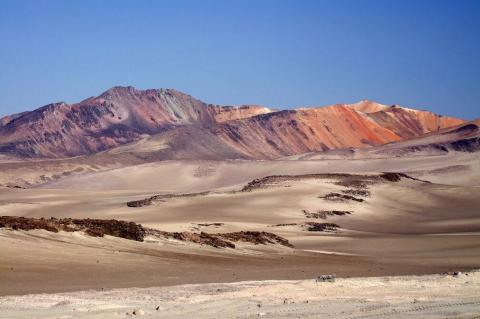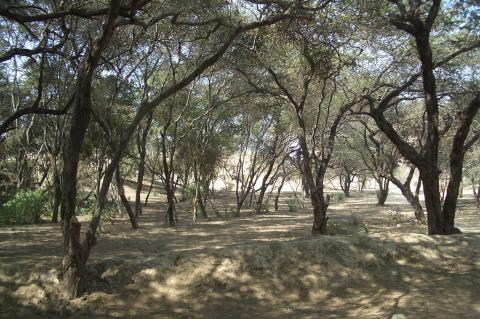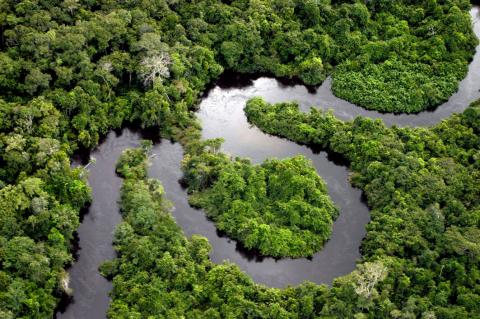Peru: Natural Landscape
Located on the western coast of South America, Peru is one of the world's most biologically diverse countries, boasting an impressive array of ecosystems and climates. Its biodiversity can be organized into four main biomes. Geographically, Peru is traditionally described in terms of three broad longitudinal regions: the Costa, the Sierra, and the Amazonia.
